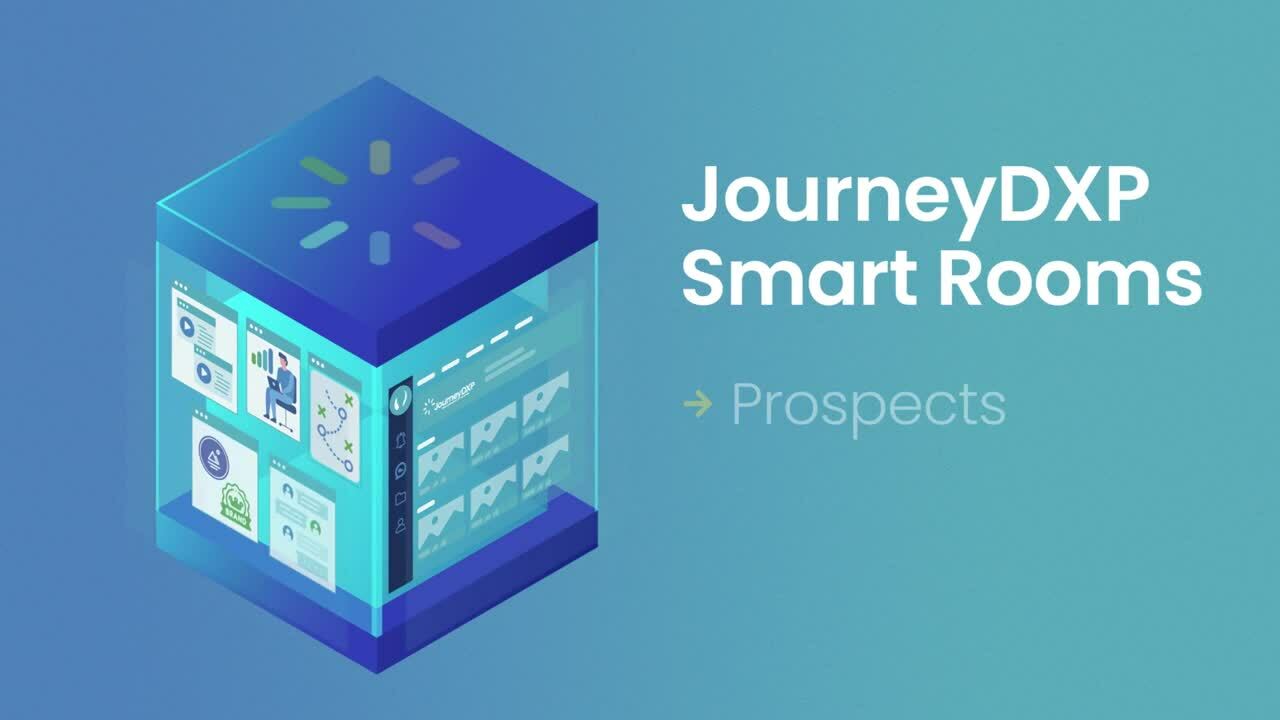You crafted a personalized customer experience. You orchestrated real collaboration. You ensured everyone stayed on the same page, no matter when they joined the process. Everyone’s on board. Everyone’s happy… you inked the deal.
At that moment, everything is rosy. Your team is happy. Your newly signed customer is excited. Everyone is feeling great. Yet it’s the next 120 hours that will either sustain and map the positive trajectory of the relationship or put it perpetually behind the eight ball. Here’s how sales and account teams can optimize the first week of engagement with a new customer.
Stick Around
Sales history is littered with stories of reps disappearing before signatures are even dry. It was an “on to the next” mentality. Part of that’s understandable, but as we’ve pointed out before, the customer is in the driver’s seat now. They have new expectations, one of which is access. Throughout the sales process, they may have really developed a keen sense of trust with you (which is obviously a good thing). To essentially disappear once the deal is signed creates friction.

Sales reps need to maintain accessibility during the first 120 hours. Luckily, that isn’t that tall of an ask. With Smart Rooms, you can keep your finger on the pulse without having to dedicate a ton of time (aka, time you need to spend on other prospects). Keep loose tabs on the onboarding process. Get notified when you’re mentioned. Chime in when it makes sense.
Onboard Like You Sold
As the relationship flows from the buying phase into the “let’s get to work” phase, an onboarding process that maintains the same level of personalization, collaboration and communication is key. Your customer experience should be whole. And assuming you created a “digital first” customer experience in the development and sales stages, there’s zero reason to vary from that in the management phase.
Forget About Upselling and Cross-Selling (For Now)
The first week is one thousand percent not the time to push for introductions or to float other product or service offerings. You’ve proven nothing to your client yet! And while the relationship is certainly at a high, there’s still more trust to earn.
Focus on nailing the onboarding experience not just for a successful onboard but because that in itself is a proof point. We can almost guarantee that your customer will talk internally about a delightful onboarding experience probably because they are so few and far between. And as the relationship develops, digitally catalog your successes so that it’s easy for your account contacts to share internally. (Hint: Smart Rooms do that really well.)
What else do you do in the first 120 hours? Tweet your tips.
POPULAR
The Imperative Alignment of Sales and Marketing in the Digital Age
In today's hyperconnected and rapidly evolving business, communications, and technology landscape, the convergence of sales and marketing functions has become more pronounced than ever before. Alignment between sales and marketing teams has emerged as a critical determinant of success. This blog delves into why it has become more essential than ever for sales and marketing teams to be fully aligned in their prospect and customer engagement strategy and explores how digital sales rooms serve as potent tools in facilitating this alignment and fostering enhanced customer engagement.
RELATED
Featured On Sales Hacker: 5 Painful Mistakes That Are Crippling Your Customer’s Buying Experience
In today’s B2B sales environment, the customer experience is everything. Master it and you’ll reap the rewards: shorter sales cycles, a more predictable pipeline, etc. Ignore it (or pretend to care about it) and… well,...




